
Building a better Chevy Suburban

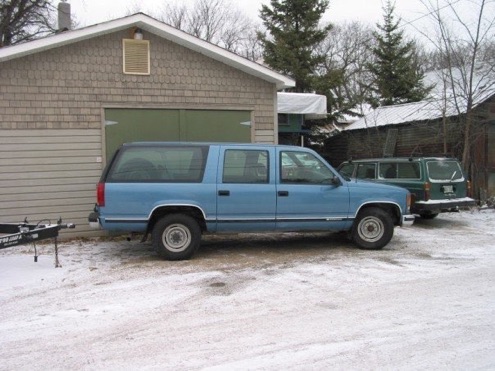
I’m not normally a fan of big gas guzzling domestic stuff especially when it can use more fuel than a highway bus. But if you have ever driven one of these smooth riding tanks you will discover they are a delight on the highway or for a long trip. This one had been powered by a 6.5 litre gm diesel which, seemingly by the evolution of bad design, one developed a cracked block and followed immediately with a broken crankshaft. Forget about finding a good used one- they don’t exist
I’m not a big diesel guy but the first thing that will strike you when you see one of these engines inside is - “ wheres the beef”? GM’s long and ill conceived obsession with V8 engines yielded a modified gasoline engine that was simply not up to the task of the stresses placed on it when used for diesel duty and the net result is a legacy of very expensive engine failure for its owners. V8 engines are a compromise as each crankshaft journal has two connecting rods bearing load upon it as well as greater distance between the crankshaft main journals. The superior design is one now pretty much extinct now in North American engine design - the inline 6 Cylinder. With one connecting rod for each crankshaft journal and a main bearing on each side of it, the 7 main bearing 6 cylinder is vastly superior for diesel service as compared to the v8’s 5 main bearings. The owner wanted another diesel and lots of research quickly revealed that the best engine for the job would hands down have to be the 97-98 ,12 valve 5.9 litre Cummins turbo diesel. This engine, despite being smaller displacement and two cylinders less, weighs an additional 400 lbs because it was designed to be a diesel from the start start not just a nasty conversion! The Owner, (Scott Brooker) and I found an engine from a local Cummins guru and I set to work...
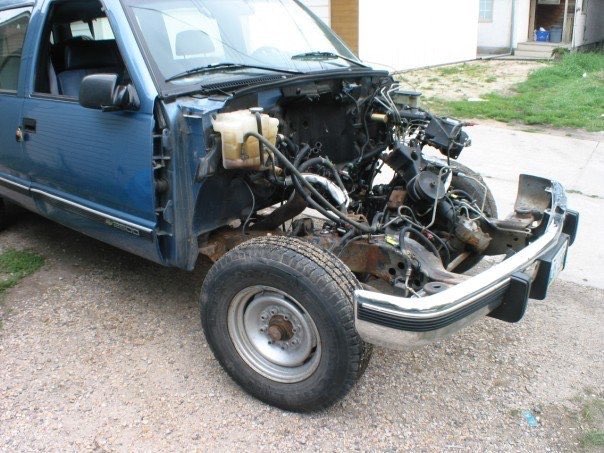
I reasoned that the first thing to do would be to remove the front end clip to allow access to the entire chassis as nearly everything in the frame mounting area would have to be modified in one way or another
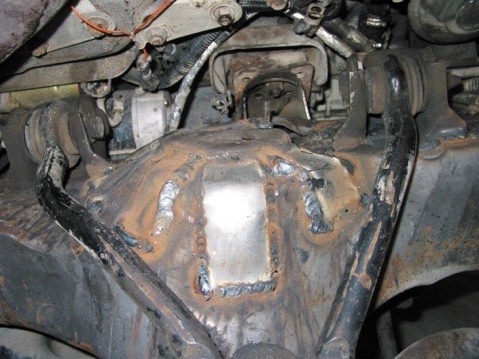
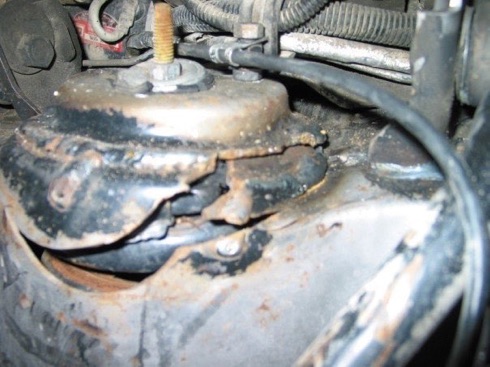
This quickly revealed some ugliness as the frame around one of the coil springs was badly fractured and very near failure. You can clearly see a previous repair that failed as well . In this era GM was using lightweight steel frames that were heat tempered. Here is the result. I wasn’t taking any chances as we were going to be increasing the weight even more. I disassembled the spring assembly and carefully drew the fractures pieces back together, then welded the crack from both sides and then laminated additional steel patch strips oner top of that. To date this has held....
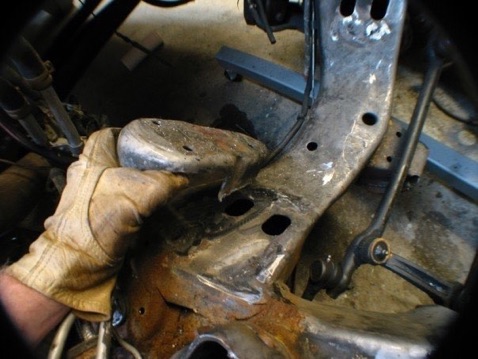
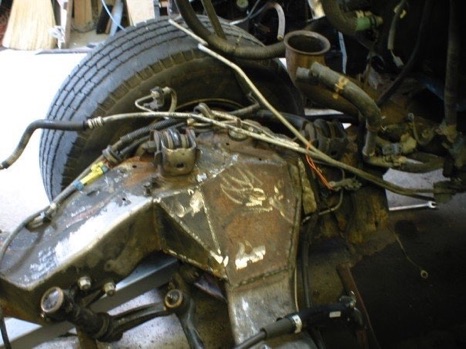
Another glaringly inadequate piece of engineering was the weak and cracking engine crossmember. The bottom photo shows the heavy gusseting I added to bring its needed strength up to snuff.
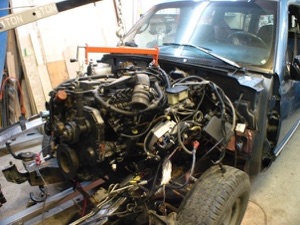
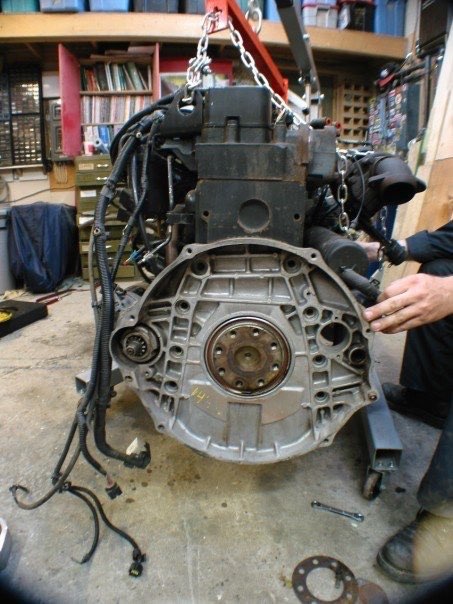
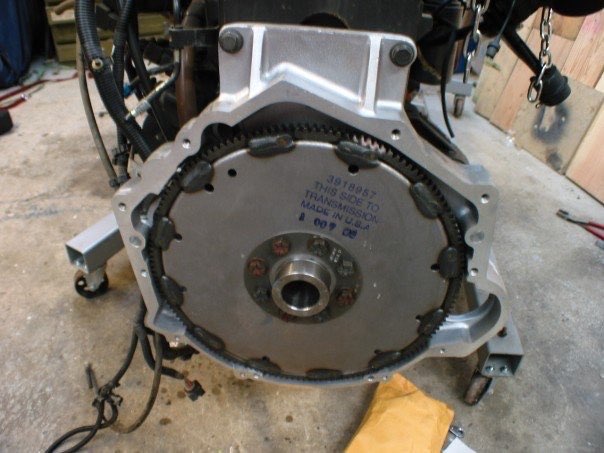
The next two pictures below show the easiest way to bolt the Cummins engine to the GM transmission. We could not find the adaptors used and it was likely the most expensive parts we had to buy to make this all bolt together. In hindsight the better choice would easily have been to use an Allison automatic hands down as no matter what we modified the stock GM transmission has never proven up to the task of handling the formidable torque of the Cummins engine. Anyone looking to do this should abandon the stock GM trans..... At the time we reasoned it was the simple way to go to make the speedometer , gear indicator etc work in the stock dashboard/computer but the simpler method would have been a mechanical bodied Allison Automatic so take note here...
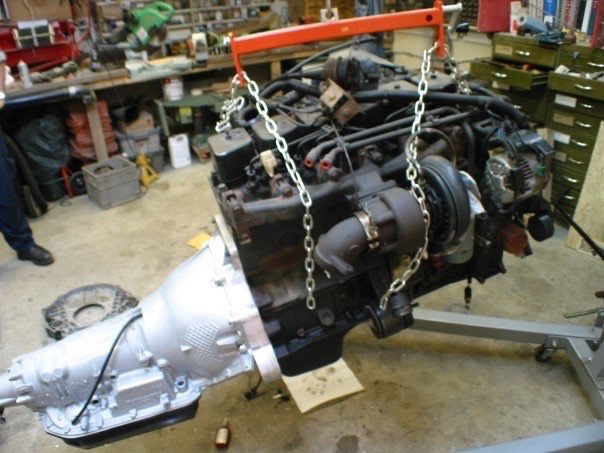
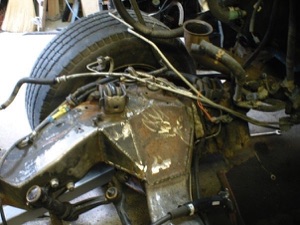
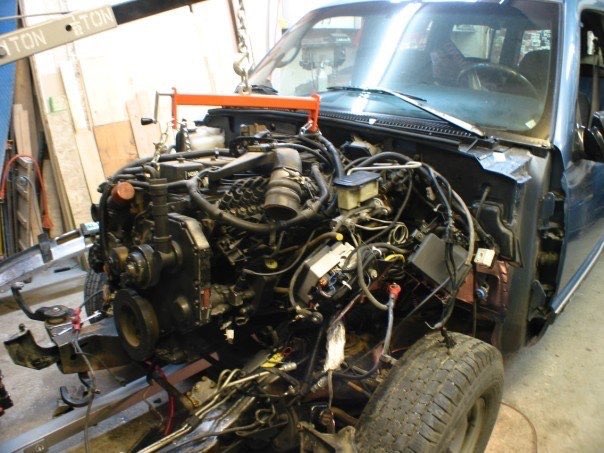
As you can see space got tight fast. There would be no room for an engine driven fan and I had to really squeeze the Cummins intercooler tight in there to fit. A pair of electric fans do service now pushing from the front to keep things cool.
The Cummins was quite a bit taller than the GM engine. So much so I actually had to add a small box onto the hood to provide clearance for the intake manifold when it was closed. From here, with the engine mounted, began the process of modifying the various front end sheet metal to reinstall it around the new non stock engine. If Im making this sound straight forward - trust me it was not!...
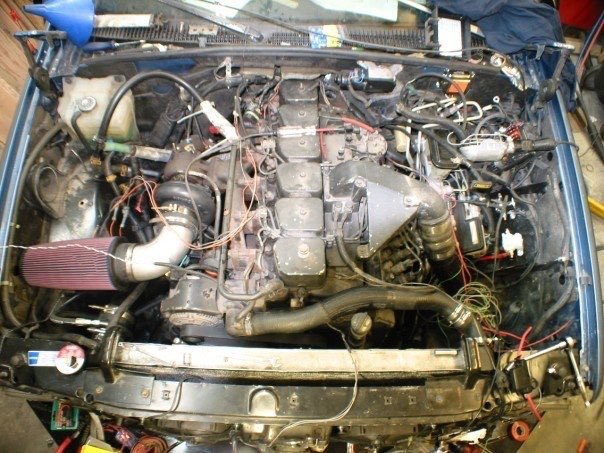
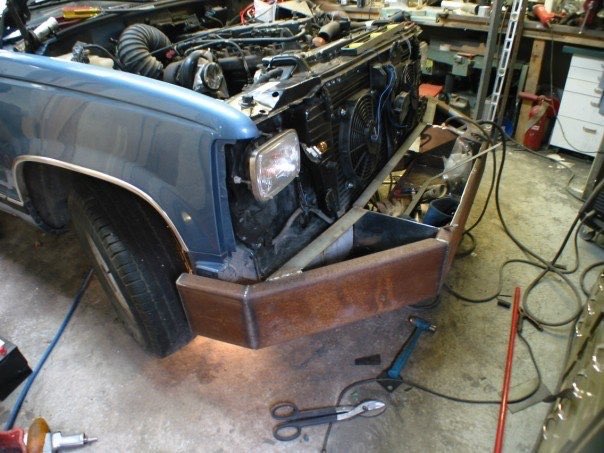
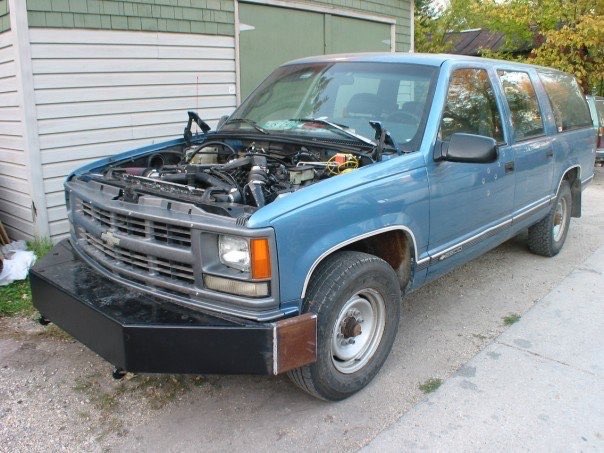
Another problem that cropped up right away was that there was now nowhere to house the two batteries under the hood that were needed to start this beast when it was cold. I wound up fabricating this new bumper that housed three batteries.
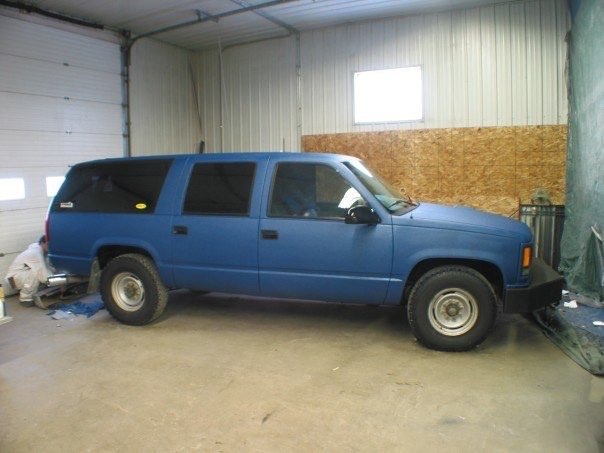
To keep the body looking as good as possible for as long as possible Scott took the newly retooled Suburban over to Linex for a top to bottom coat of industrial urethane.. The result was fantastic and also still looks good to this day! There were a lot of steps and trials skipped over here to make this project happen not the the least of which was Scotts trust in me to get it right. He played no small part himself finally figuring out a way to fool the computer controlled GM transmission into be believing there was a GM power plant in front of it. We had a blast hanging out doing this project and I can say I miss the time spent bringing it home....
